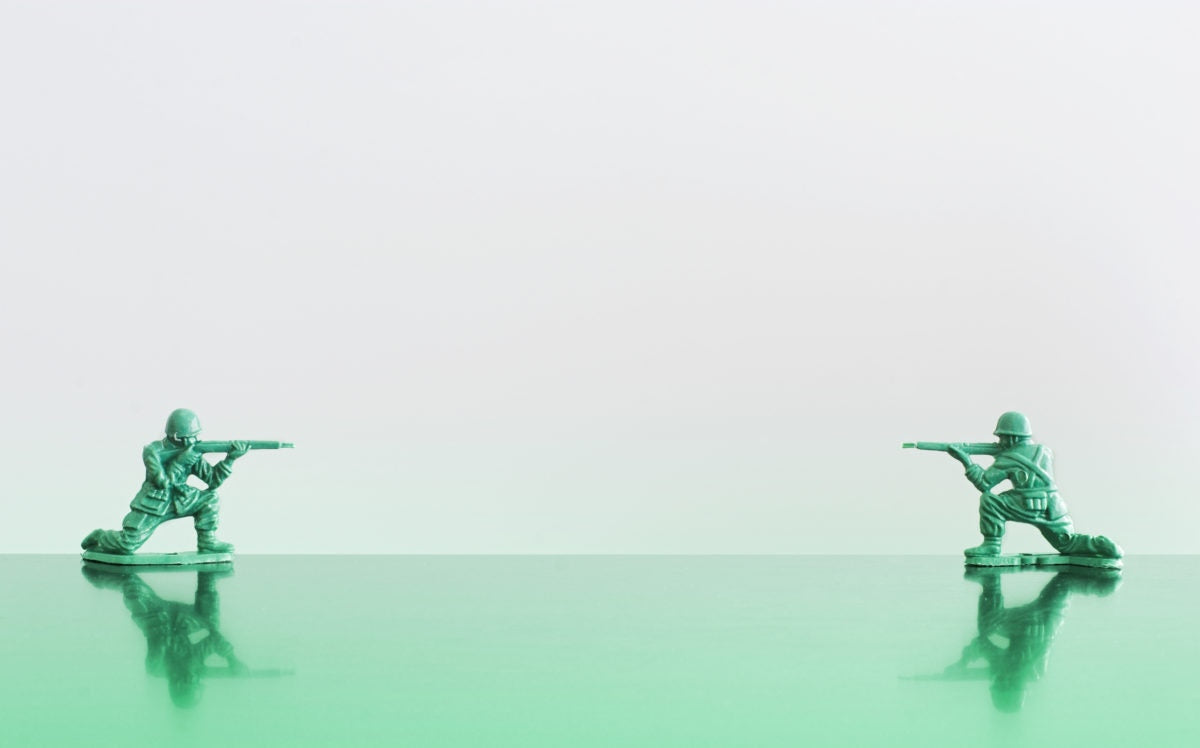Our daughter was approaching her fifth birthday when I discovered her inclination toward kinesthetic learning. She preferred working on her sight words by writing them in sand along the creek. We practiced spelling her name by creating letters out of small stones on that same sandy beach. She thrived when learning was hands-on, and I made a mental note to continue to embrace her learning style as she entered kindergarten. I spent close to a decade as a senior high special education teacher, and now that my full-time career is split between parenting two young children and balancing a freelance journalism career, I use the skills gleaned throughout my years as a classroom teacher daily with my own children. One truth stands the test of time: Most children prefer hands-on learning to pencil and paper drills. Today’s tips are for kinesthetic learners, and they’re for the majority of children. Here are several simple ways to supplement your child’s learning with kinesthetic instruction:
Super-cool counters
Teaching concepts of quantity, addition, subtraction, multiplication, and division can be greatly enhanced when your child sees a visual representation of the math problem. Tap into your child’s interest by finding ultra-hip objects to count. Marbles, kidney beans, coins, and candies are all good for counting, but go above and beyond by heading to the local craft store in search of something your child will love. Plastic army men, foam stickers, beads, and other small toys that can be purchased in bulk at the dollar store could transform the drudgery of math into an engaging activity.
Shaving cream
Whether you’re illustrating the concept of a fraction, writing a long-hand division problem, or working through a story problem, shaving cream can be evenly smeared on a table and used as a backdrop for drawing and writing. When the problem is complete, simply smooth the shaving cream and begin again. This hilarious diversion will make even the most cantankerous student smile. It can also be used to practice spelling words and write sentences.
Let them play while they work
For the school-age child, the structure of the day requires a great deal of focus. Allow your child to use the counters or other manipulatives for creative play. There is a time to focus and complete the task, but there is also an appropriate time for creative play. Go ahead and let the army men head into battle, draw a puppy in the shaving cream, or use the stickers to complete a work of art when the work is done.
Use real money
When it comes time to learn how to count money, use actual coins and currency. This is exciting for children, and it prepares them to handle money in the real world. If you child brings home a paper illustrating coin line-ups or offering a long list of story problems, dig out the spare change jar and let her use actual coins to practice counting.
Practice math facts with household items
Dice, playing cards, and anything with numbers can be used to practice math facts. Use dice to practice addition by rolling dice and adding the two numbers that appear. Use playing cards in the same way, and make a game of trying to complete a given number of problems in one minute.



